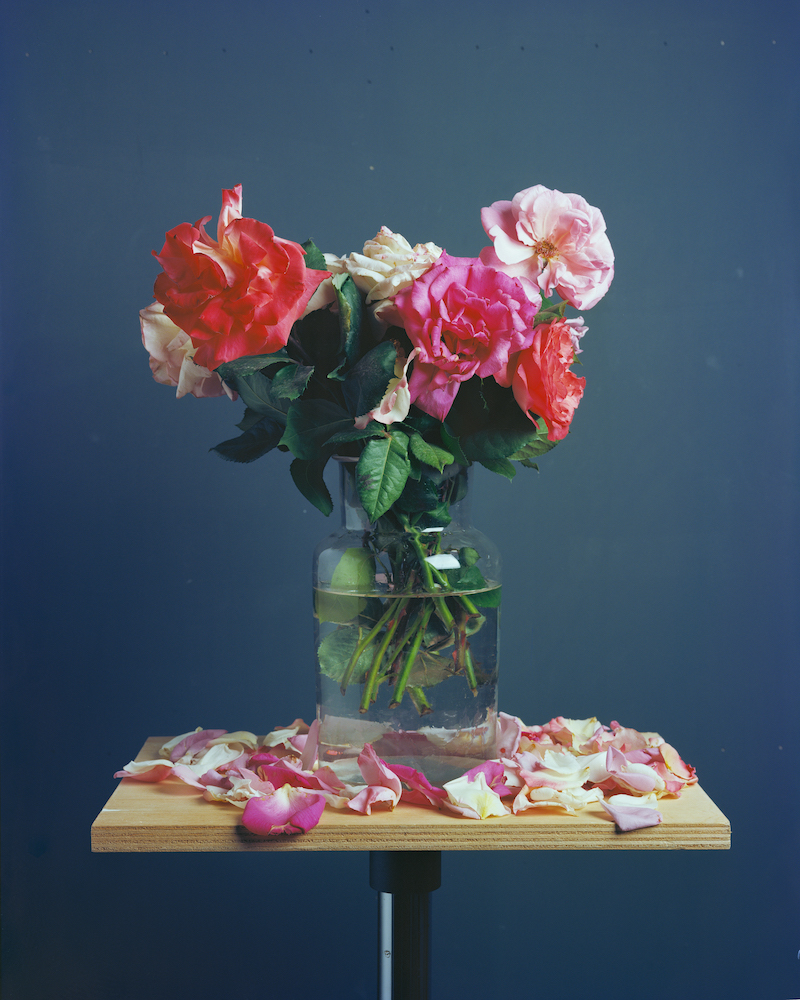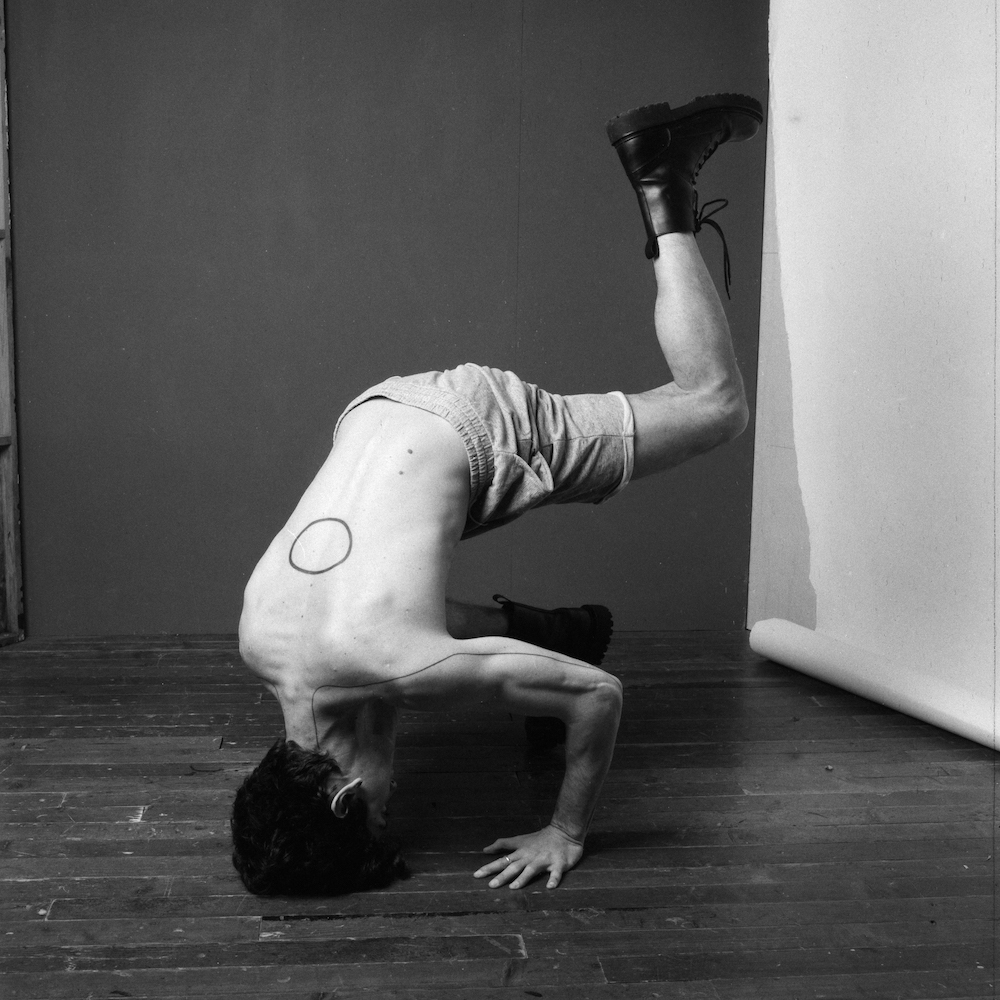All images © Ettore Moni
In the countryside outside Parma, Ettore Moni has built a home studio which serves as a safe haven for bodies in all their variety
Based in Parma, Italy, Ettore Moni is a self-taught photographer. He started making pictures when he was 12, shortly after his father’s death, when a family friend took him for a drive around his hometown. “He had a camera with him, and he made me take pictures. I was fascinated by the prints I saw later,” Moni remembers. In time, he picked up his father’s old Pentax, and became obsessed with documenting his surroundings. “I was the friend who took pictures of everyone,” he says.
After studying graphic design at the Istituto d’Arte Paolo Toschi in Parma, Moni worked as a technician for the Parma Symphony Orchestra, an experience that took him to theatres all over the world, including Japan, China, Mexico, the US and Oman. During this time he made portraits of the conductors and musicians, which eventually landed him his first editorial assignment for an insert of the Italian newspaper La Repubblica.
Since then Moni, now 56, has lived many lives as a photographer. After starting in reportage, he moved to Milan to work in fashion; following a year-long stint in New York, he then switched to architectural and landscape photography. Now, in a new, ongoing work, Moni returns to the human form, making portraits in a singular environment – his home. The series, titled In the House, began in 2021, prompted by the lifting of Covid-19 restrictions. It “came out of a personal need to get closer to people,” says Moni.
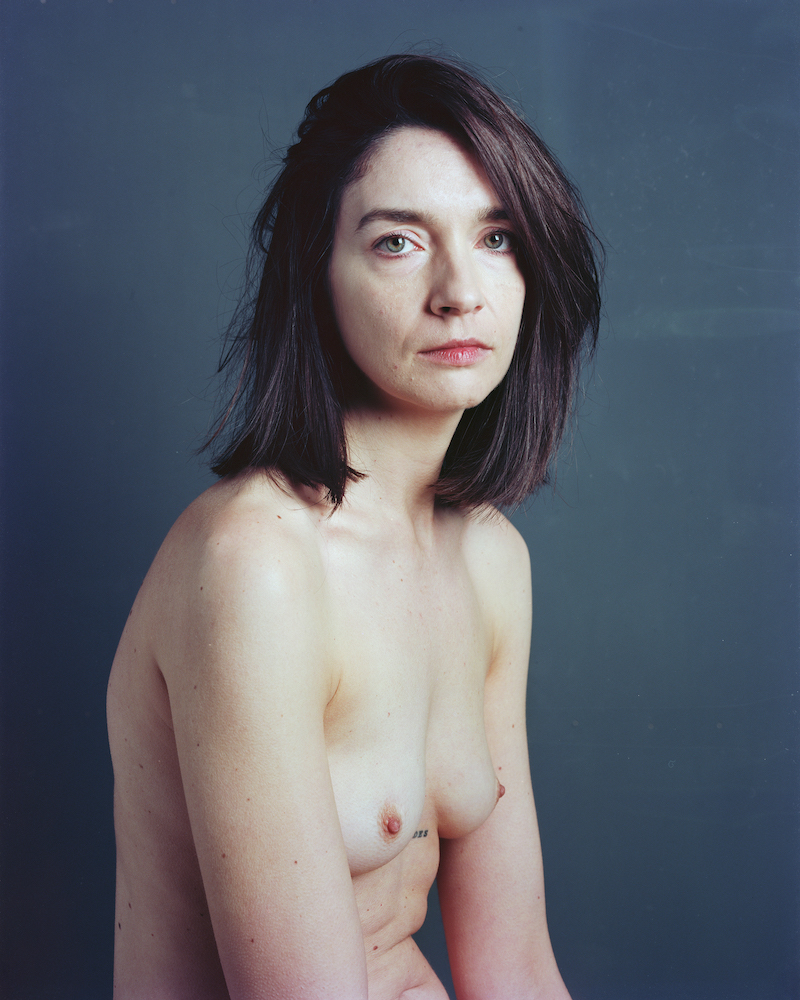
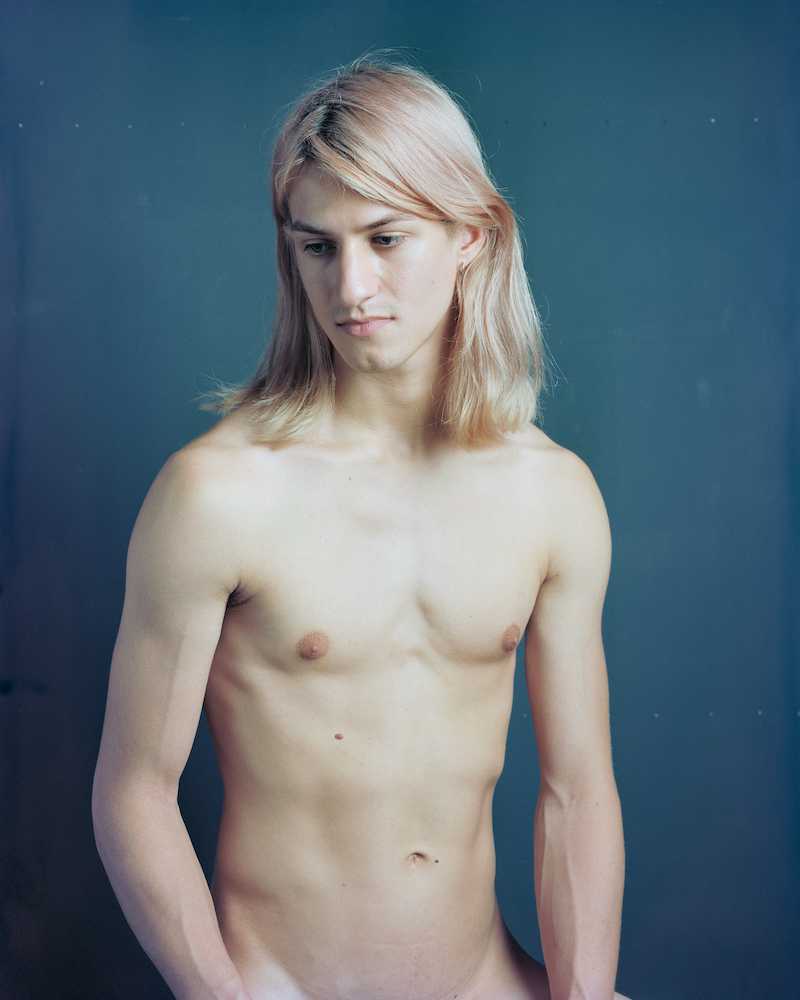
“I believe the nude is the greatest expression in figurative art”
The photographer first engaged with the nude at art school, in lectures that unravelled its significance in the history of art, in studios lined with marble statues of nudes. One of the first photography exhibitions he ever visited was a Robert Mapplethorpe show in Venice, where Moni was struck by “his strength in black-and-white; the cleanness of the lines, and the sexuality that transpired from the images”. Mapplethorpe joins a long list of references, including August Sander, Jim Alinder, Peter Hujar, Collier Schorr and Ansel Adams, all of whom have inspired Moni to employ the body as a site of expression.
“I believe the nude is the greatest expression in figurative art,” he says. “I want the In the House project to be a raw and true look, to train our eyes to the beauty of each person and free us from the conventional aesthetics that the market imposes on us. In my nude photos I would like to convey the idea that we are all the same, even with our ‘little defects’, if that’s what we want to call them. It also consists of other images of objects, landscapes and architecture that, in my head, form a single story around the human figure.”
Cultivating the right environment for his portraits is important. To date, Moni has photographed 60 people of different genders and sexual identities, photographing them against the same backdrop from a desire to present people equally, regardless of how they identify. “I needed to create an equal set,” he says. “I dedicate time to each subject to talk together to understand each other. I think that’s more important than the creative process, to get to the photo, you need to create the right context.”
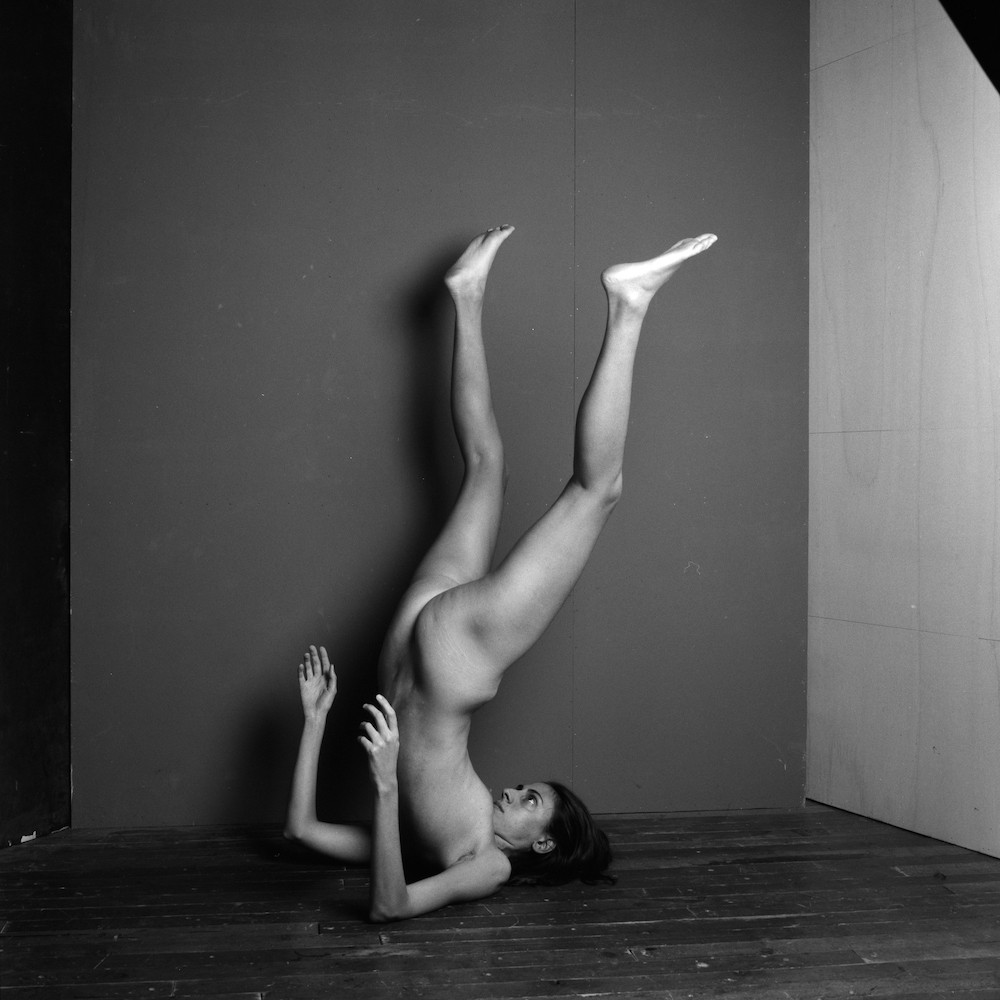
The images are all made in his home studio, which is located 20km outside of Parma in a converted barn. He built most of it himself, including repurposing the discarded wooden flooring of a 16th-century theatre. For Moni, there is a poetry in knowing that “thousands of artists from all over the world danced on this old and ruined floor”. The studio is also where he keeps his collection of books and magazines, which cover subjects from painting and sculpture to architecture and dance.
He considers his range of influences and inspirations a product of the environment he was raised in, because the region of Emilia-Romagna has a long, rich political and artistic history. It is home to the cultural centres of Bologna and Modena, and Moni grew up amongst a fusion of Roman, Gothic, Renaissance and Baroque architecture in Parma’s world-renowned churches, palazzos and theatres. “I have always been surrounded by architectural beauties – that’s a constant in Italy,” he says.
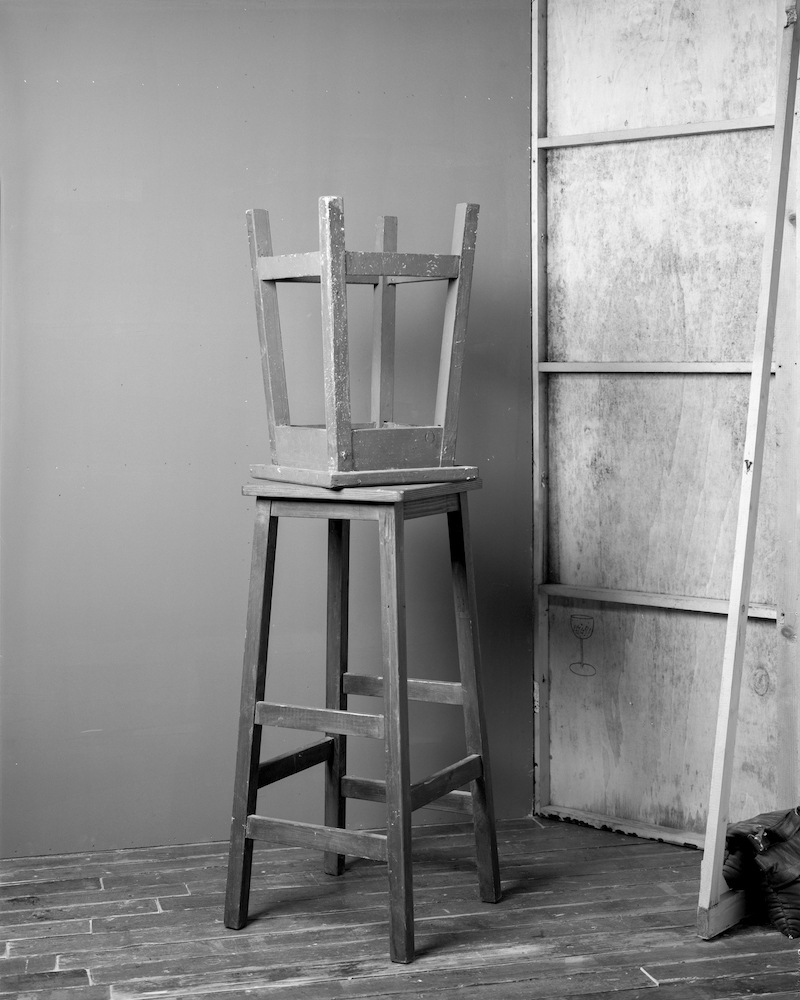
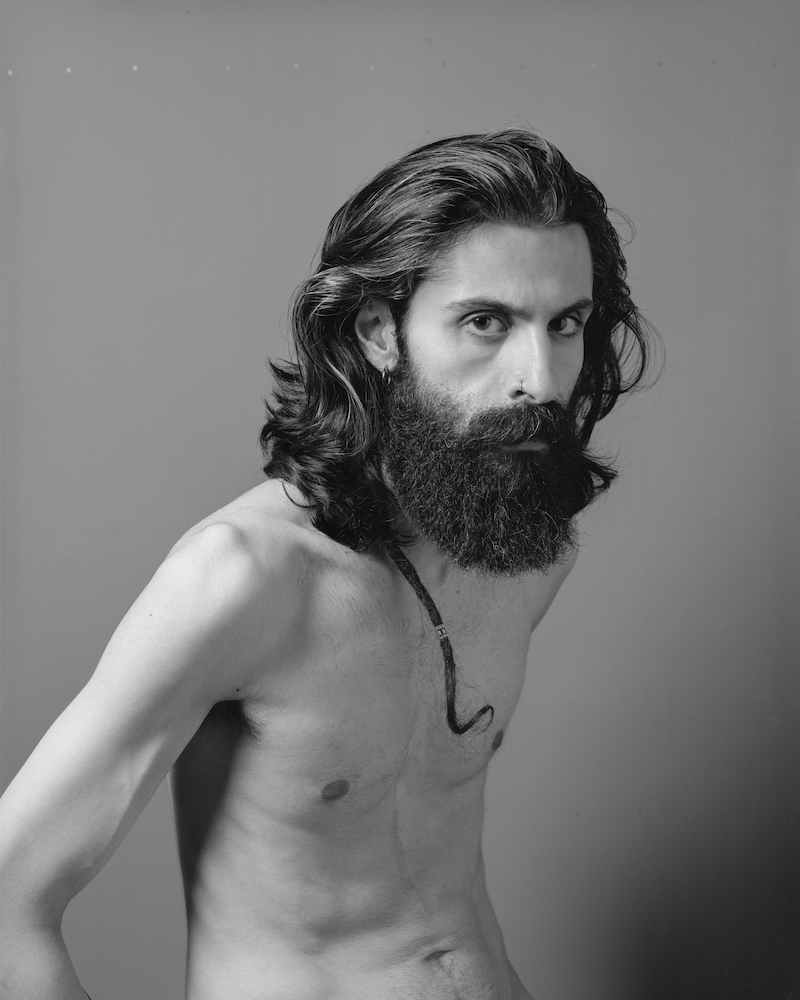
Now, however, Moni enjoys being away from the city. Surrounded by fields and wild animals, the studio allows him to switch off from the hustles of life as a working photographer. He shoots with large format for similar reasons, because it forces him to be in the present. “I’ve been using it for years as a Zen therapy in life,” he says. “It ensures that whatever is in front of me has my full attention.”
In some images, Moni presents still lifes or the studio itself, alluding to the intimate setting of the home but also nodding to the work of photographers such as Ruvén Afanador, Richard Avedon and Jody Rogac, all of whom reveal “small details that can intrigue and give you an idea of the set”. Moni also attributes this to his early days of working in the theatre. “This influenced me for the setting in my studio,” he says, “and for giving away small backstage signs.”
